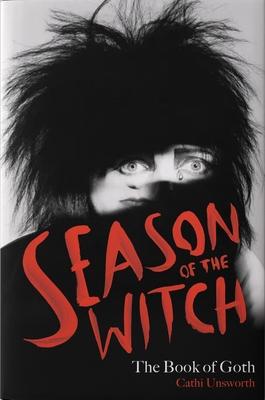Dive deep into the tumultuous era of Margaret Thatcher's 1980s England and the profound impact of goth on a generation of alienated youths
Goth's emergence defied a political era. As Margaret Thatcher's iron grip tightened around Britain, catalyzed by events like the miners' strikes and the rise of privatization, an unexpected counter-culture began to take root. Bands like Siouxsie and the Banshees and Joy Division, offspring of punk's raw energy, found a way to articulate the disillusionment of the times. Through their evocative sounds and iconography, they ushered in a musical movement that mirrored the societal shifts.
Politics and music find an unusual nexus. The story of goth isn't merely a tale of alienated youths or atmospheric tunes. It's a narrative deeply intertwined with the Yorkshire Ripper's horrors, Sid Vicious's tragedy, and the societal upheavals heralded by Margaret Thatcher, the Iron Lady. Author Cathi Unsworth paints a vivid tapestry, demonstrating how goth became more than just music--it became a reflection of an era's ethos and spirit.
Inside, you'll discover:
- Deep Political Resonance: How goth's dark melodies interlaced with the Thatcher era, the miners' strikes, and privatization.
- Goth's Global Footprint: The journey from punk's downfall, marked by Sid Vicious, to the international acclaim of bands like Siouxsie and the Banshees.
- Enduring Cultural Impact: An examination of goth's lasting legacy amidst alienated youths and Britain's counter-culture movement.
- Historical Synchronicity: The parallel narrative of the Yorkshire Ripper's reign and goth's rise during Britain's most tumultuous times.
If you have read books like The Art of Darkness, Faith Hope and Carnage, Into the Void, or Goth by Lol Tolhurst, you'll love Season of the Witch.
